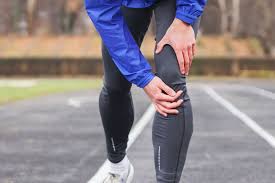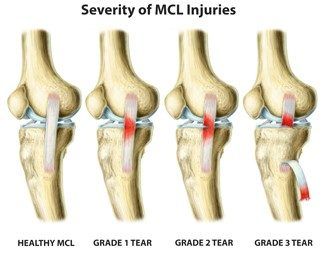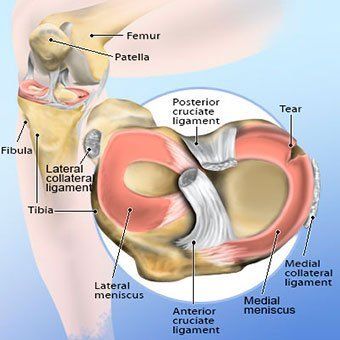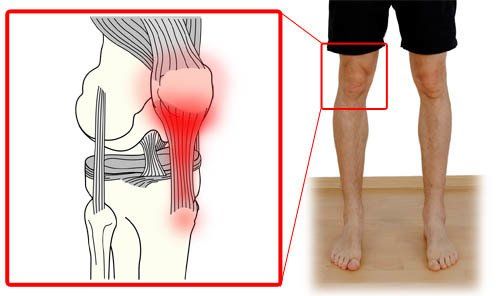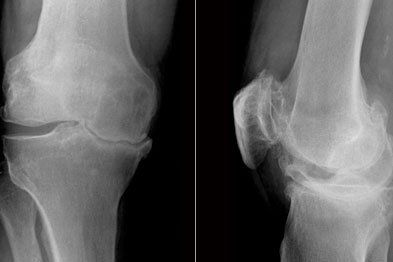Knee Pain
The knee joint is one of the joints found within the lower limb and is designed for one thing – locomotion.
The knee joint is comprised of the condyles of the femur (thigh bone) and the plateau of the tibia (shin bone) as well as the patella (knee cap) on the femoral condyles. Although the head of the fibula, located on the outside of the leg, is located near the knee joint, it does not have any weight bearing properties but does provide the articulation for the ankle joint (see here)
Although the knee joint has an important job in locomotion, in particular the forward movement of the free leg during walking, it is a poorly designed joint. The femoral condyles are round which articulates with the flat tibial plateau. Therefore, there are a number of anatomical structures which are designed to provide the knee with more stability…
1) Medial Collateral Ligament (MCL) and Lateral Collateral Ligament (LCL): These ligaments lie on the inside and outside of the knee respectively and are designed to prevent excessive inward and outward movement of the shinbone in relation to the thigh bone.
2) Anterior Cruciate Ligament (ACL) and Posterior Cruciate Ligament (PCL): These ligaments are located within the knee joint capsule itself, and they prevent the excessive anterior and posterior translation of the shin bone on the thigh bone respectively
3) Medial and lateral meniscus: In an attempt to provide the femoral condyles some stability, the menisci is a form of cartilage that forms a depression for the condyles to articulate with. They also provide ‘shock absorption’; within the knee, meaning that every time they are compressed the release synovial fluid within the knee
4) Muscles: There are numerous muscles that attach in and around the knee joint which also helps stability. These include the quadriceps muscles and hamstrings, gastrocnemius (calf muscle), adductors and iliotibial band (IT band). Around the insertional points and originating from the knee itself, there are a number of small sacs with fluid known as bursae, which are designed to reduce friction of tendons etc during movement.
Due to the demands placed within the knee joint, both during day to day activities and also during sport, it’s no surprise that the knee joint is one of the common musculoskeletal complaints seen within a clinical setting.



